The Majesty of Iceland: Geysers, Waterfalls, and Glaciers 🌋💧❄️
Discover the Spectacular Natural Wonders of Iceland
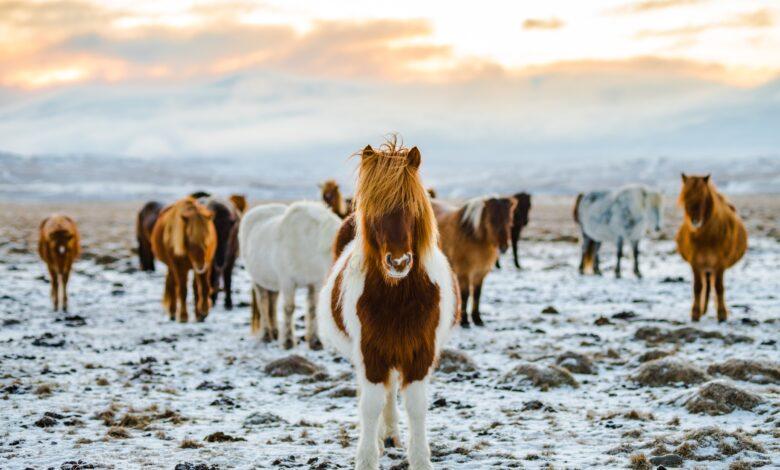
Introduction:
Iceland, a land of striking contrasts and breathtaking landscapes, is a destination that promises adventure and wonder at every turn. From the powerful geysers that shoot hot water into the air, to the majestic waterfalls that cascade from rugged cliffs, and the vast glaciers that define its terrain, Iceland’s natural beauty is truly awe-inspiring. In this article, we will take you on a journey through the land of fire and ice, exploring the geysers, waterfalls, and glaciers that make Iceland an unforgettable destination for nature enthusiasts and adventure seekers. So, fasten your seatbelts and get ready to be immersed in the majesty of Iceland!
Geysers of Iceland
Geysers are fascinating natural wonders that hold a special significance in Iceland’s diverse and dramatic landscape. These explosive hot springs offer a spectacular display of nature’s power, making them a must-visit attraction for travelers exploring the land of fire and ice.
Significance of Geysers in Iceland
Geysers are significant in Iceland due to their rarity and the unique geological conditions that create them. Iceland’s abundant geothermal activity, driven by its location on the Mid-Atlantic Ridge, results in a high concentration of geysers. This natural phenomenon serves as a testament to the island’s dynamic volcanic forces and provides a glimpse into the Earth’s inner workings. Geysers also play a role in the country’s culture, with the term ‘geyser’ originating from the Icelandic word ‘geysa,’ meaning ‘to gush.’ They are celebrated as iconic symbols of Iceland’s natural beauty and are often featured in folklore and literature.
Notable Geysers in Iceland
- Geysir: The namesake of all geysers, Geysir is one of the most famous and historically significant geysers in the world. Although it is less active today, when it erupts, it can send scalding water and steam high into the sky. It has been captivating visitors for centuries.
- Strokkur: Located in the Haukadalur geothermal area, Strokkur is Iceland’s most active geyser. It erupts every 5-10 minutes, spewing boiling water up to 30 meters high. It provides an awe-inspiring display and is a highlight of the Golden Circle tour.
Personal Experiences and Recommendations
Visiting Iceland’s geysers is a truly remarkable experience. As you stand in front of these natural wonders, you can feel the Earth’s immense power. Remember to keep a safe distance, as the water from geysers is scalding hot.
For the best experience, consider visiting during the early morning or late evening when there are fewer crowds. The contrast of steam rising against the cool Icelandic air adds to the mystique of the moment. Also, be prepared for rapidly changing weather conditions, and dress warmly.
In addition to the geysers, explore the surrounding geothermal areas, which often feature colorful mineral deposits and bubbling mud pots, enhancing your overall experience.
Waterfalls of Iceland
Iceland is a land of breathtaking natural beauty, and its numerous waterfalls are some of the most captivating and iconic attractions that draw travelers from around the world. With their powerful cascades, Iceland’s waterfalls offer a stunning spectacle, making them a must-visit for anyone exploring this Nordic wonderland.
Introduction to the Numerous Waterfalls in Iceland
Iceland boasts an abundance of waterfalls, thanks to its rugged terrain, glaciers, and abundant rivers. These cascades vary in size and character, each with its own unique charm. From thundering giants to delicate veils of water, there is a waterfall to suit every taste in Iceland. Many of these waterfalls are easily accessible, making them a popular stop on the Icelandic tourist trail.
Detailed Descriptions of Famous Waterfalls
- Gullfoss: Often referred to as the “Golden Falls,” Gullfoss is one of Iceland’s most famous waterfalls. Located in the Haukadalur area on the Golden Circle route, Gullfoss thunders down in two cascades, dropping into a deep canyon. The spray from the falls can create a shimmering rainbow on sunny days, adding to its enchantment.
- Seljalandsfoss: This majestic waterfall is known for its unique feature – a pathway that allows you to walk behind the curtain of water. Located on the South Coast, Seljalandsfoss is a 60-meter tall cascade that provides a thrilling and immersive experience.
- Skogafoss: Skogafoss is another South Coast gem, known for its impressive 60-meter drop and its constant mist that produces vibrant rainbows. Climb the staircase alongside the waterfall for a stunning panoramic view of the surrounding landscape.
Tips for Capturing the Best Photographs at Waterfalls
Photographing Iceland’s waterfalls is a rewarding endeavor, but it requires some preparation. Here are a few tips to help you capture stunning images:
- Use a tripod to keep your camera steady and enable longer exposure shots.
- Shoot during the golden hours, early morning, or late evening, to capture soft, warm light.
- Experiment with different shutter speeds to achieve the desired effect, whether it’s capturing the motion of the water or freezing it in time.
- Be prepared for changing weather conditions and bring protective gear for your camera to shield it from mist and rain.
Iceland’s waterfalls are a testament to the country’s natural beauty and power. Each waterfall is a unique masterpiece of nature, waiting to be explored and photographed. Whether you’re a nature lover, a photographer, or a curious traveler, these cascades will leave an indelible mark on your Icelandic adventure.
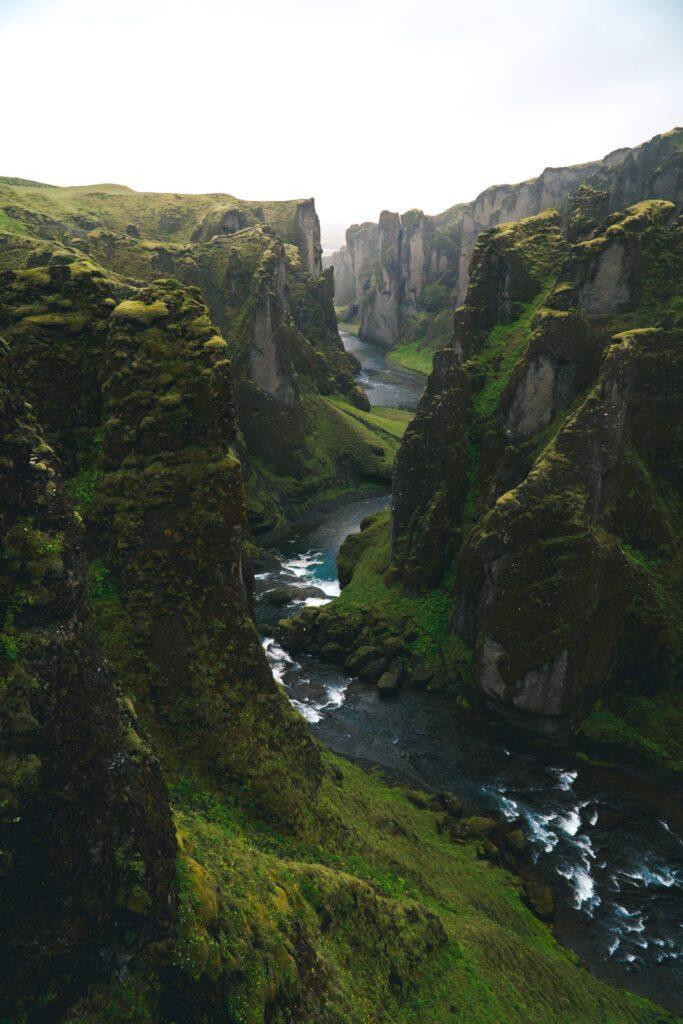
Glaciers of Iceland
Iceland’s glaciers are some of the most striking natural wonders on the planet, and they play a significant role in shaping the country’s landscape. These massive ice formations offer a unique and awe-inspiring experience for travelers, and there are various ways to explore and appreciate their beauty.
Discussion of Iceland’s Glaciers and Their Unique Features
Iceland’s glaciers are a product of its Arctic location, and they cover approximately 11% of the island’s surface. These glaciers are unique in that they constantly shift and evolve, revealing incredible ice formations, crevasses, and ice caves. Vatnajokull, the largest glacier in Europe, is an excellent example of the stunning glacial diversity found in Iceland.
One of the most remarkable features of Icelandic glaciers is their outlet glaciers. These fingers of ice stretch down from the main ice cap, reaching the lower regions of the country, offering an up-close look at the icy wilderness.
Information on Popular Glacier Activities
- Glacier Hiking: Glacier hiking is a popular adventure in Iceland, allowing visitors to strap on crampons and explore the glacier’s surface. Experienced guides lead tours to ensure safety and provide fascinating insights into the glacier’s history and formation.
- Ice Cave Exploration: Iceland is known for its captivating ice caves, which form during the winter months. These caves are a stunning display of crystal clear ice and unique formations. Exploring them is a once-in-a-lifetime experience and a favorite among photographers.
- Glacier Lagoon Boat Tours: At places like Jokulsarlon, visitors can embark on boat tours to get up close to floating icebergs that have broken off from the glacier. These lagoons are a breathtaking sight and a great opportunity for wildlife viewing.
Safety Considerations and Tour Recommendations
Exploring Icelandic glaciers is a thrilling adventure, but safety is paramount. Glacier conditions can change rapidly, and it is strongly recommended to go on guided tours led by experienced glacier guides who are well-versed in the region’s terrain and weather patterns.
When embarking on glacier activities, ensure you dress warmly, including waterproof clothing and sturdy hiking boots. It’s also advisable to check the weather forecast and glacier conditions before your trip. Some activities are seasonal, so plan accordingly.
Iceland’s glaciers are a testament to the country’s extraordinary natural beauty and geological forces. Exploring these icy giants offers a unique opportunity to witness the power of nature up close. With the right precautions and guidance, a journey to Iceland’s glaciers can be an unforgettable and safe adventure for travelers of all levels of experience.
Northern Lights in Iceland
The Northern Lights, or Aurora Borealis, are a natural light display that occurs in high-latitude regions, including Iceland. This stunning phenomenon is caused by solar particles colliding with gases in Earth’s atmosphere, creating luminous curtains of colors in the night sky.
Brief Explanation of the Northern Lights Phenomenon
The Northern Lights are a breathtaking natural spectacle created when charged particles from the Sun interact with Earth’s magnetic field. These particles, predominantly electrons and protons, collide with gases like oxygen and nitrogen in the Earth’s upper atmosphere. The energy released during these collisions results in the colorful light displays we know as the Northern Lights. The colors are determined by the type of gas and the altitude of the collision, producing vibrant hues of green, red, pink, and purple.
Tips for Witnessing the Northern Lights in Iceland
- Timing is Key: The Northern Lights are visible in Iceland from late August to mid-April, but the best time to catch them is during the winter months when the nights are longest. Plan your trip during these months for the highest chances of seeing the auroras.
- Dark Skies: To maximize your chances of seeing the Northern Lights, head away from the light pollution of the city. Remote areas with minimal artificial light provide the best backdrop for the celestial show.
- Weather Considerations: Keep an eye on the weather forecast. Clear, cloudless skies are essential for viewing the auroras. Be patient, as multiple nights of trying might be required for a sighting.
- Time of Night: The Northern Lights are most active during the late evening and early morning hours. Be prepared to stay up late or wake up early to catch a glimpse.
Personal Experiences and Suggested Locations for Northern Lights Viewing
Experiencing the Northern Lights in Iceland is nothing short of magical. One of the best locations for viewing the auroras is in Thingvellir National Park, a UNESCO World Heritage Site. Its combination of natural beauty and clear night skies provides an ideal backdrop for the lights. Additionally, the Snaefellsnes Peninsula and the Westfjords are excellent choices for those looking to escape the city lights.
During my visit to Iceland, I had the privilege of witnessing the Northern Lights in Vik, a charming coastal village in the south. The lights danced across the horizon, casting an ethereal glow over the rugged landscapes. It was a memory I will cherish forever.
Remember that patience is key when chasing the Northern Lights. While they are not guaranteed, the experience of being under Iceland’s starry skies and hoping for a glimpse of this natural wonder is an adventure in itself. Whether you’re an avid photographer or simply seeking a unique and enchanting experience, the Northern Lights in Iceland are a sight to behold.
Icelandic Cuisine
Icelandic cuisine is as unique and diverse as the country’s breathtaking landscapes. While traditional Icelandic food may not be as well-known as some other international cuisines, it offers a delicious insight into the local culture and the island’s history. Here, we’ll explore some must-try dishes and dining recommendations for those seeking an authentic taste of Iceland.
Introduction to Traditional Icelandic Food
Icelandic cuisine is deeply rooted in the island’s natural resources, with a focus on fresh and locally sourced ingredients. Fish, lamb, and dairy products are staples in the Icelandic diet. Due to the island’s harsh climate, preservation methods such as smoking, drying, and pickling have historically played a significant role in Icelandic cooking.
Recommendations for Must-Try Dishes and Local Delicacies
- Plokkfiskur: A classic Icelandic comfort food, plokkfiskur is a fish stew made from flaky white fish, potatoes, and béchamel sauce. It’s often seasoned with herbs and served with dark rye bread, offering a warm and hearty meal.
- Skyr: Skyr is a thick and creamy yogurt-like dairy product with a mild, slightly sour taste. It’s often enjoyed with fresh berries and honey for breakfast or as a healthy snack.
- Lamb Dishes: Icelandic lamb is renowned for its quality, thanks to the free-range and grass-fed nature of the sheep. Must-try lamb dishes include lamb chops, lamb soup, and hangikjöt (smoked lamb).
- Svið: For the adventurous eater, svið is a traditional Icelandic dish consisting of a sheep’s head, typically singed, boiled, and served with mashed potatoes and turnips.
Dining Suggestions and Restaurant Options
To savor Icelandic cuisine at its finest, consider the following dining options and restaurants:
- Local Cafés and Bakeries: For a taste of Icelandic pastries and desserts, visit local cafés and bakeries. Enjoy kleina (a twisted donut), rúgbrauð (dense, sweet rye bread), and various cakes.
- Seafood Restaurants: Given Iceland’s abundant coastal resources, seafood restaurants are a must-visit. Try fresh catches like salmon, cod, or langoustines at establishments like Matur og Drykkur in Reykjavik.
- Traditional Icelandic Restaurants: Many restaurants in Iceland focus on traditional Icelandic dishes. Examples include Þrír Frakkar and Fiskmarkaðurinn in Reykjavik, which serve classic and innovative Icelandic dishes.
- Farm-to-Table Experiences: Some restaurants offer farm-to-table experiences where you can enjoy dishes prepared with ingredients from the surrounding area. These dining experiences offer a deeper connection to the local culture and landscape.
Icelandic cuisine is a flavorful journey that reflects the island’s history and natural bounty. Whether you’re a food enthusiast or a traveler eager to explore the local culture, be sure to savor these Icelandic dishes and embrace the culinary delights of this Nordic island.
FAQs
Q. Are geysers safe to visit?
A. Yes, geysers are safe to visit as long as you follow safety guidelines and stay within designated areas. Do not touch the boiling water or go too close to an erupting geyser.
Q. How do I get to the waterfalls in Iceland?
A. Most waterfalls in Iceland are accessible by road, and you can drive or take guided tours to reach them. Be prepared for changing weather conditions, especially in winter.
Q. Can I visit the ice caves in summer?
A. Most ice cave tours are available during the winter months when the caves are stable and safe to explore. Some ice caves may be inaccessible in summer.
Q. Are there guided tours for glacier hikes?
A. Yes, there are numerous guided tours available for glacier hiking, catering to different skill levels. It’s highly recommended to take a guided tour for safety and guidance.
Q. What is the best time to visit Iceland’s natural wonders?
A. The best time to visit Iceland’s geysers, waterfalls, and glaciers is during the summer months (June to August) when the weather is milder and the days are longer.
Q. Can I see the Northern Lights in Iceland?
A. Yes, Iceland is an excellent place to witness the Northern Lights, particularly during the winter months. The dark nights and clear skies offer great opportunities for aurora viewing.
Conclusion
As we conclude our exploration of Iceland’s geysers, waterfalls, and glaciers, it’s clear that this island nation is a realm of unparalleled natural beauty. From the geothermal wonders of Geysir and Strokkur to the thunderous power of Gullfoss and Skogafoss, and the serene grandeur of Vatnajokull, Iceland is a land that leaves an indelible mark on the hearts of all who visit.
But Iceland is more than just its geothermal marvels and glacial landscapes. It’s a place where the Northern Lights dance across the night sky, a place where you can indulge in unique culinary delights, and a place where you can connect with the very soul of the Earth. It’s a destination that beckons you to explore, to witness, and to appreciate the majesty of nature in all its glory.
So, whether you’re a thrill-seeker or a nature lover, Iceland has something to offer. It’s a land of dreams, a land of adventure, and a land of memories waiting to be made. Don’t miss the opportunity to experience the majesty of Iceland for yourself. Start planning your Icelandic adventure today, and let the wonder of this extraordinary country captivate your soul. Iceland is calling, and its enchanting beauty awaits you.
UP NEXT
https://touristeyes.com/a-taste-of-the-wild-west-visiting-the-grand-canyon/

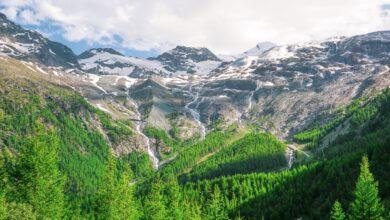
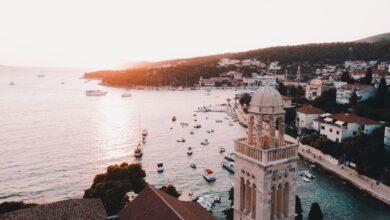
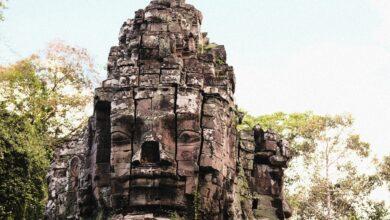
Facebook Comments